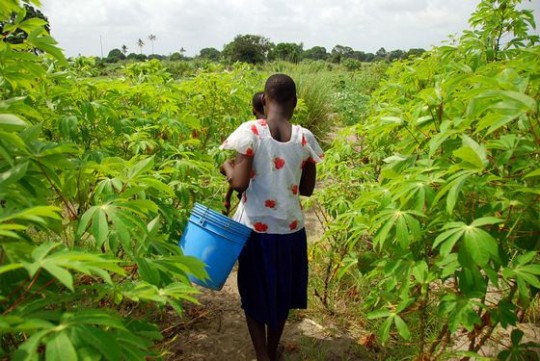How cutting the walking time to a water source can reduce childhood mortality in sub-Saharan Africa
How cutting the walking time to a water source can reduce childhood mortality in sub-Saharan Africa

Reducing the amount of time families spend fetching water can improve the health of young children in sub-Saharan Africa, according a recent Stanford study.
Over a third of the world’s population doesn’t have potable water piped into the home, but in sub-Saharan Africa that figure jumps to 84 percent. To better understand the relationship between the time devoted to fetching water and health outcomes in the region, researchers at Stanford examined data from 26 African countries where it is estimated that some 40 billion hours of labor each year are spent hauling water. The responsibility of fetching water is often borne by women and children. And, as explained in a School of Engineering release:
The study found that cutting the walking time to a water source by just 15 minutes can reduce under-five mortality of children by 11 percent, and slash the prevalence of nutrition-depleting diarrhea by 41 percent.
…
The authors proposed several reasons that might explain the correlation. Longer fetching times could mean that people bring less water home and, therefore, ration more, leaving little water for hand-washing and other hygienic activities that decrease the spread of disease. Conversely, mothers who spend significant time fetching water may have fewer free hours to care for their children in ways that promote health, and may lose opportunities to earn income that might pay for more nutritious diets and improved health care.
The work appears in the Environmental Science and Technology.
By Lia Steakley
Stanford University Medical Center
Photo by Amy Pickering
###
* Stanford University Medical Center integrates research, medical education and patient care at its three institutions – Stanford University School of Medicine, Stanford Hospital & Clinics and Lucile Packard Children’s Hospital.
** The above story is adapted from materials provided by Stanford University School of Medicine
________________________________________________________________




















